Home>Gardening & Outdoor>Landscaping Ideas>How To Get Rid Of Wire Grass
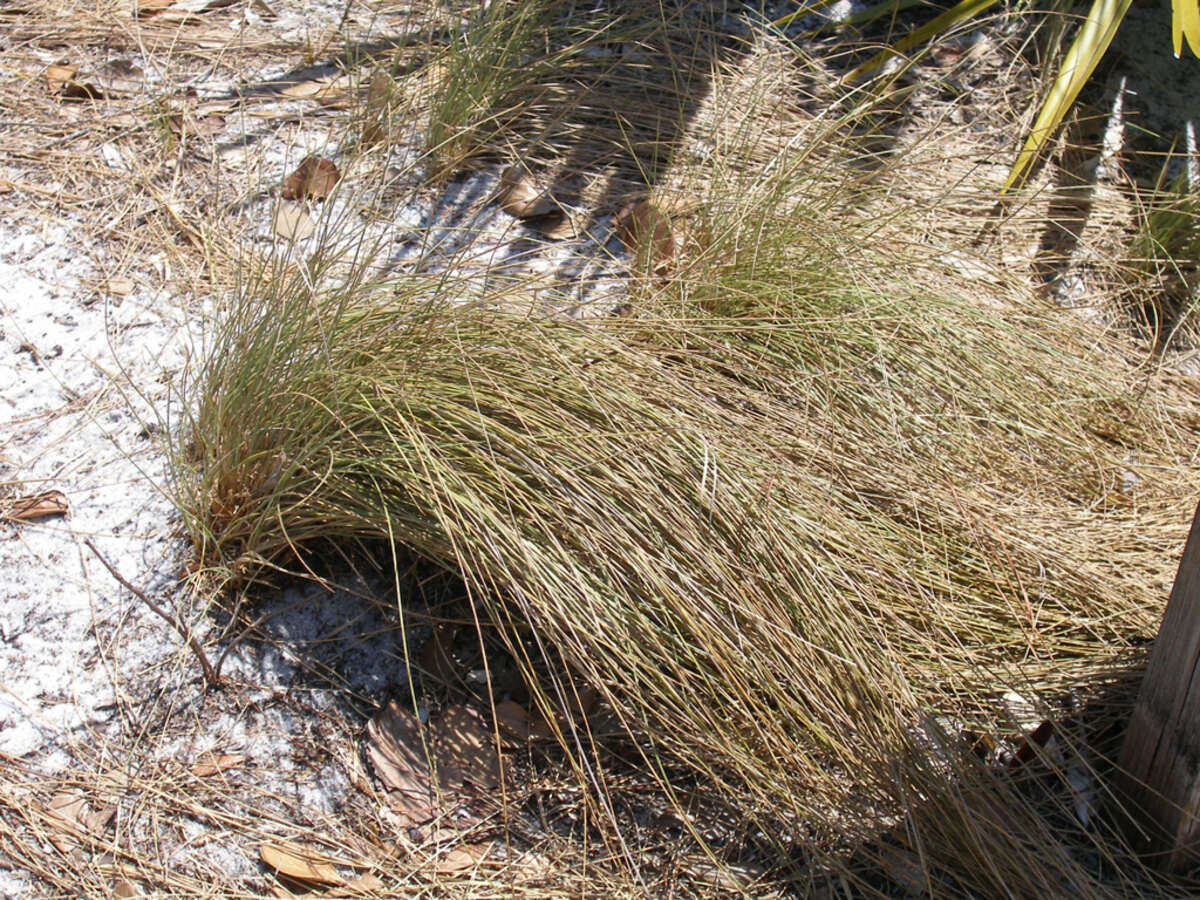

Landscaping Ideas
How To Get Rid Of Wire Grass
Published: January 24, 2024
Learn effective landscaping ideas to eliminate wire grass from your lawn. Discover expert tips and techniques for a weed-free yard.
(Many of the links in this article redirect to a specific reviewed product. Your purchase of these products through affiliate links helps to generate commission for Storables.com, at no extra cost. Learn more)
Introduction
Welcome to the battle against wire grass, a persistent and invasive plant that can wreak havoc on the beauty of your landscape. Whether you’re an avid gardener or simply want to maintain a pristine outdoor space, dealing with wire grass can be a frustrating challenge. However, armed with the right knowledge and strategies, you can effectively combat this resilient foe and restore the splendor of your garden.
In this comprehensive guide, we’ll delve into various methods for getting rid of wire grass, ranging from manual removal techniques to natural and chemical solutions. By understanding the nature of wire grass and implementing targeted removal approaches, you can reclaim your outdoor haven and prevent the relentless re-growth of this stubborn plant.
Join us as we explore the intricacies of combating wire grass, empowering you with the insights needed to transform your landscape into a flourishing and wire grass-free oasis.
Key Takeaways:
- Say goodbye to wire grass by using manual removal, chemical solutions, and natural methods. Prevent re-growth with vigilant monitoring and proper lawn care for a beautiful, wire grass-free landscape.
- Combat wire grass with hand pulling, digging, and smothering. Use selective herbicides and natural methods like soil solarization and vinegar solutions. Prevent re-growth with vigilant monitoring and proper lawn care.
Read more: How To Get Rid Of Crabgrass
Understanding Wire Grass
Before embarking on a mission to eradicate wire grass from your landscape, it’s crucial to familiarize yourself with this persistent plant. Also known as Bermuda grass or devil’s grass, wire grass (Cynodon dactylon) is a perennial weed that thrives in various climates and soil types, making it a ubiquitous nuisance for gardeners and homeowners.
Identifying wire grass is relatively straightforward, as it typically features wiry stems and long, slender leaves that form dense mats, smothering desirable plants in its vicinity. Its extensive root system enables it to spread rapidly, making it a formidable adversary in the battle for a pristine lawn or garden.
Wire grass is known for its resilience, with the ability to withstand drought, foot traffic, and various environmental stressors. Its adaptability and aggressive growth habits make it a formidable opponent, requiring strategic and persistent efforts to effectively eliminate it from your landscape.
Understanding the growth patterns and characteristics of wire grass is essential for devising a targeted removal plan. By gaining insight into its tenacious nature, you can tailor your approach to combatting this invasive weed, setting the stage for successful eradication and long-term prevention.
Manual Removal Methods
When confronting wire grass in your landscape, employing manual removal methods can be an effective initial step in combating this persistent weed. While manual removal may be labor-intensive, it can yield tangible results and is an environmentally friendly approach to tackling the problem.
1. Hand Pulling: One of the most straightforward methods for removing wire grass is to manually pull it from the soil. To do this effectively, grasp the base of the plant near the soil surface and gently pull, ensuring that you extract the entire root system. It’s essential to be thorough in this process, as any remnants left in the soil can lead to regrowth.
2. Digging: For wire grass that has established a deep root system, using a garden trowel or shovel to carefully dig around the plant can aid in complete removal. By loosening the soil and extracting the entire root network, you can minimize the chances of regrowth and gradually diminish the presence of wire grass in your landscape.
3. Smothering: Another manual approach involves smothering wire grass to inhibit its growth. This can be achieved by covering the affected area with a thick layer of mulch or using landscape fabric to deprive the weed of sunlight and impede its ability to thrive. Over time, this method can weaken and deplete the wire grass, facilitating its eventual eradication.
While manual removal methods require diligence and persistence, they offer the advantage of minimizing the use of chemical agents and are conducive to fostering a more natural and sustainable environment. By incorporating these techniques into your wire grass eradication strategy, you can take proactive steps toward reclaiming the beauty of your landscape.
Chemical Removal Methods
When manual removal methods alone prove insufficient in combating wire grass, chemical solutions can serve as a valuable adjunct in the battle against this resilient weed. It’s important to approach chemical removal with caution and adhere to safety guidelines while considering its potential impact on surrounding vegetation and the environment.
1. Selective Herbicides: Utilizing selective herbicides formulated specifically to target grassy weeds can be an effective approach for eradicating wire grass without harming desirable plants. These herbicides are designed to selectively target grassy weeds while sparing broadleaf plants, providing a targeted and precise method for controlling wire grass.
2. Non-Selective Herbicides: In cases where wire grass infestations are widespread and manual removal is impractical, non-selective herbicides can be employed to address the issue. These herbicides are designed to eradicate a broad spectrum of vegetation, including wire grass. Care must be taken when using non-selective herbicides to minimize impact on surrounding plants and prevent unintended damage to desirable vegetation.
3. Pre-Emergent Herbicides: Implementing pre-emergent herbicides can help prevent the germination and establishment of wire grass seeds, thereby thwarting its growth before it takes root. By applying pre-emergent herbicides at the appropriate times, you can disrupt the life cycle of wire grass and reduce its presence in your landscape.
When utilizing chemical removal methods, it’s imperative to carefully follow product instructions, adhere to safety precautions, and consider the potential implications on the surrounding ecosystem. Additionally, integrating chemical solutions with manual and natural removal approaches can yield comprehensive results in combatting wire grass and restoring the vitality of your outdoor space.
To get rid of wire grass, regularly pull it out by hand, making sure to remove the entire root system. You can also use a hoe to loosen the soil and make it easier to remove the grass. Be persistent and thorough to prevent regrowth.
Natural Removal Methods
For those seeking environmentally conscious and sustainable approaches to combatting wire grass, natural removal methods offer effective alternatives that align with eco-friendly principles. By harnessing the power of nature and leveraging organic strategies, you can diminish the presence of wire grass while promoting a harmonious and thriving landscape.
1. Soil Solarization: Soil solarization involves utilizing the sun’s energy to heat the soil and eradicate wire grass and other weeds. This method entails covering the affected area with clear plastic, which traps solar heat and raises soil temperatures, effectively stifling the growth of wire grass and diminishing its vigor over time.
2. Vinegar Solutions: Applying a solution of horticultural vinegar, which contains a higher concentration of acetic acid than household vinegar, can serve as a natural herbicidal treatment for targeting wire grass. When applied directly to the weed, the acidic nature of vinegar can disrupt the cellular structure of the plant, leading to its deterioration and eventual demise.
3. Organic Mulching: Implementing organic mulching techniques, such as using layers of organic materials like straw, wood chips, or leaf litter, can create an inhospitable environment for wire grass. Organic mulch not only suppresses weed growth by blocking sunlight but also enriches the soil, fostering a healthier ecosystem that is less conducive to the proliferation of wire grass.
By embracing natural removal methods, you can take proactive steps to combat wire grass while upholding a commitment to environmental stewardship. These organic approaches not only contribute to the sustainable management of your landscape but also promote the long-term health and resilience of your garden and outdoor environment.
Read more: How To Get Rid Of Grasshoppers
Preventing Wire Grass Re-Growth
After implementing effective removal methods to combat wire grass, it’s essential to implement preventive measures to minimize the likelihood of its re-growth and resurgence in your landscape. By adopting proactive strategies and incorporating preventative tactics, you can fortify your outdoor space against the return of this persistent weed.
1. Vigilant Monitoring: Regularly inspect your garden and lawn for any signs of wire grass resurgence. By promptly addressing any emerging shoots or regrowth, you can prevent the weed from establishing a foothold and spreading throughout your landscape.
2. Proper Lawn Care: Maintaining a healthy and well-nourished lawn can create an environment that is less conducive to wire grass growth. Practices such as regular mowing, adequate watering, and proper fertilization can promote the vigor of desirable grass species while inhibiting the resurgence of wire grass.
3. Barrier Installation: Installing physical barriers, such as edging or landscape fabric, can help contain and restrict the spread of wire grass. These barriers create delineated zones that impede the encroachment of wire grass into other areas of your landscape, minimizing its ability to proliferate.
4. Soil Amendments: Amending the soil with organic matter, such as compost or well-decomposed mulch, can enhance soil health and structure while creating conditions less favorable for wire grass growth. Healthy, nutrient-rich soil can promote the vitality of desirable plants and hinder the resurgence of wire grass.
By integrating these preventative measures into your landscape management practices, you can bolster the resilience of your outdoor space against the re-establishment of wire grass, fostering a flourishing and wire grass-free environment that enhances the beauty and vitality of your garden and lawn.
Conclusion
As you navigate the challenges posed by wire grass in your landscape, it’s evident that combating this resilient weed requires a multifaceted approach that encompasses manual, chemical, and natural removal methods. By understanding the nature of wire grass and implementing targeted strategies, you can reclaim the beauty of your outdoor space and foster a thriving environment that is free from the encroachment of this persistent plant.
Manual removal methods, such as hand pulling, digging, and smothering, offer a hands-on approach to diminishing the presence of wire grass, promoting a more natural and sustainable landscape. When manual efforts are supplemented with carefully applied chemical removal methods, including selective herbicides and pre-emergent treatments, a comprehensive approach to combating wire grass can be achieved, minimizing its impact on the surrounding ecosystem.
Embracing natural removal methods, such as soil solarization, vinegar solutions, and organic mulching, not only aids in eradicating wire grass but also aligns with environmentally conscious practices, contributing to the long-term health and resilience of your outdoor environment.
Furthermore, by implementing preventative measures, such as vigilant monitoring, proper lawn care, barrier installation, and soil amendments, you can fortify your landscape against the re-growth of wire grass, ensuring that your efforts yield lasting results and a thriving, wire grass-free outdoor haven.
As you embark on your journey to reclaim your landscape from the clutches of wire grass, remember that persistence and a holistic approach are key. By integrating a combination of removal methods and preventative strategies, you can transform your outdoor space into a flourishing oasis, free from the persistent encroachment of wire grass. With dedication and strategic planning, you can achieve a landscape that showcases the natural beauty and vibrancy of your garden and lawn, providing a welcoming and aesthetically pleasing environment for you and your family to enjoy.
Frequently Asked Questions about How To Get Rid Of Wire Grass
Was this page helpful?
At Storables.com, we guarantee accurate and reliable information. Our content, validated by Expert Board Contributors, is crafted following stringent Editorial Policies. We're committed to providing you with well-researched, expert-backed insights for all your informational needs.







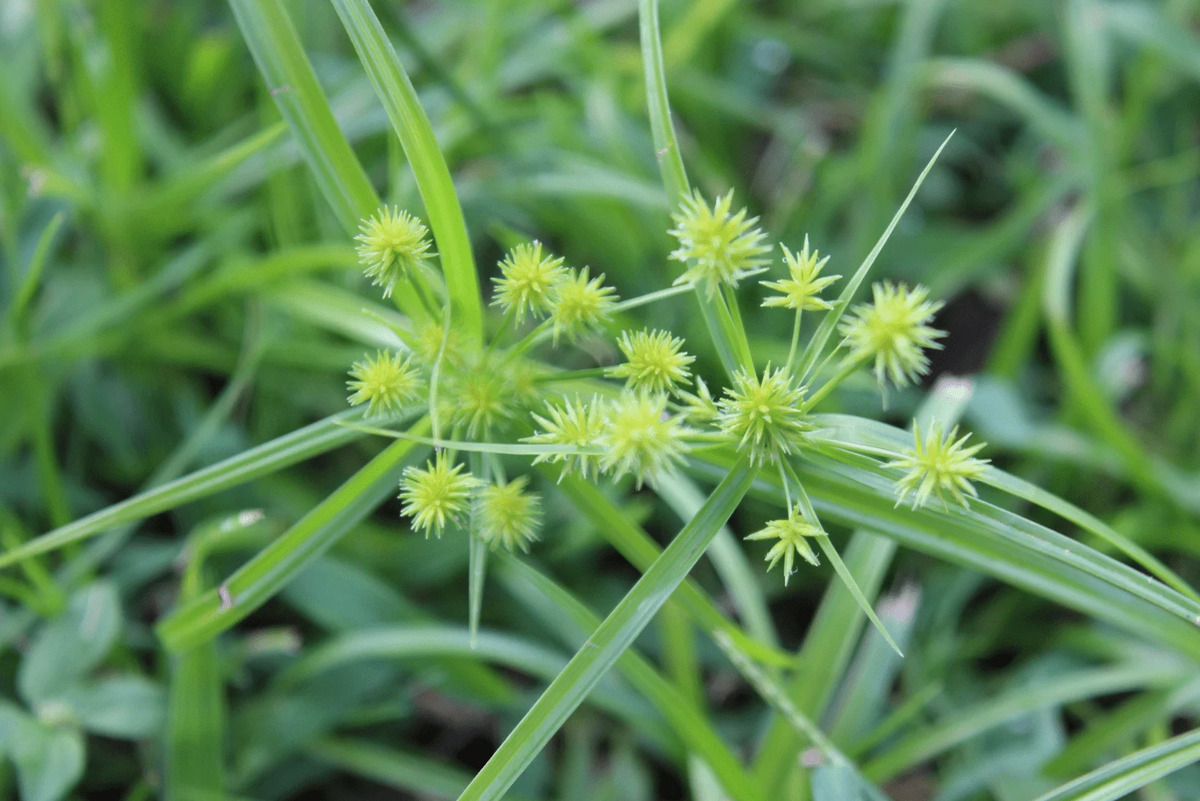
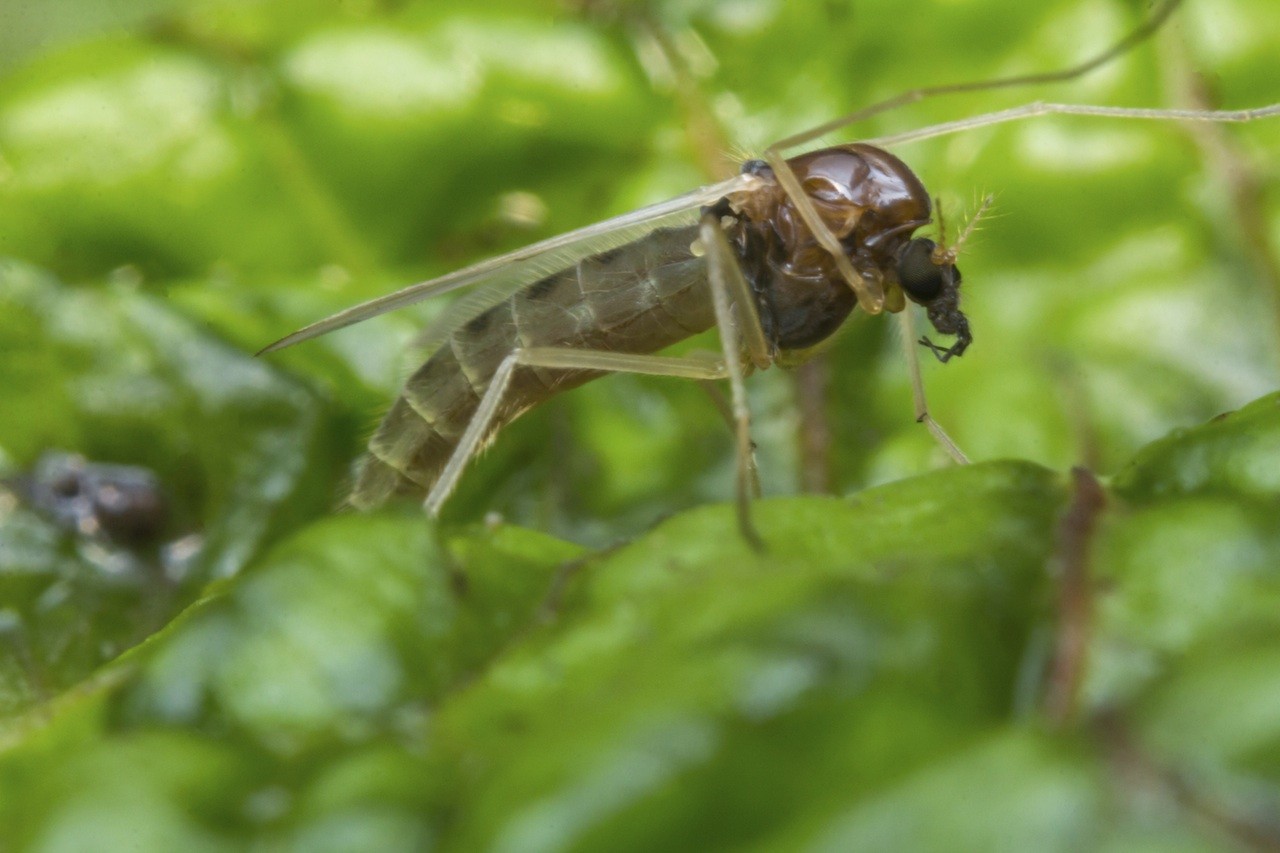
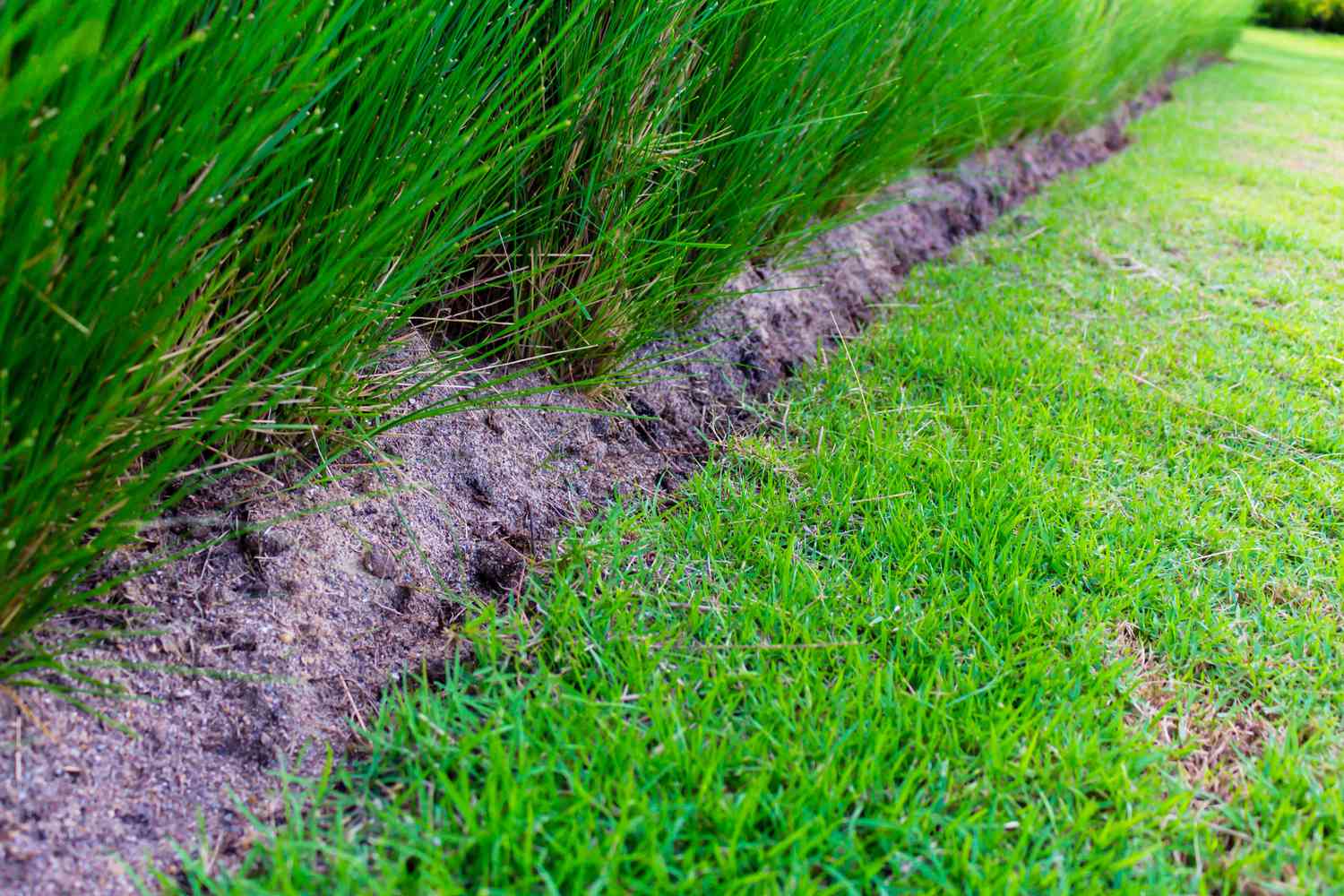

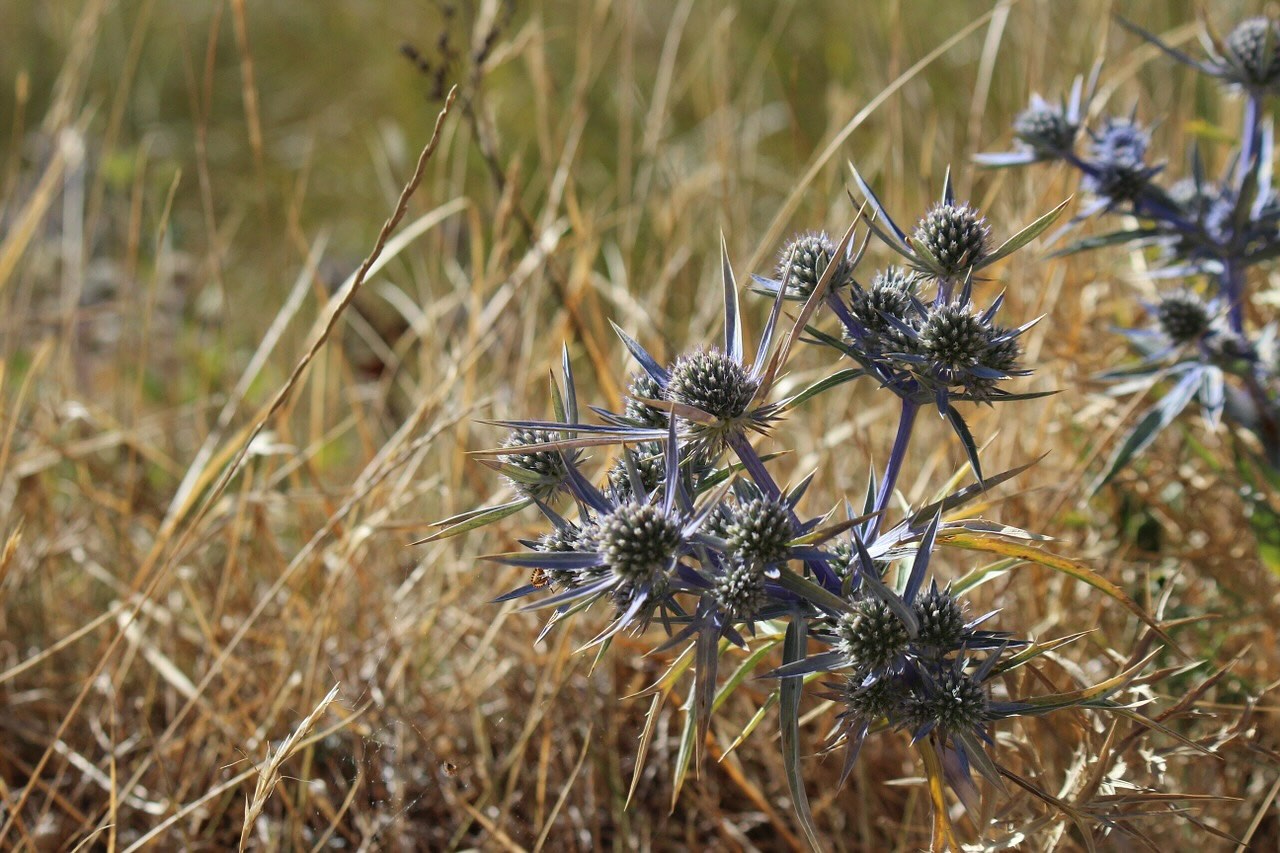
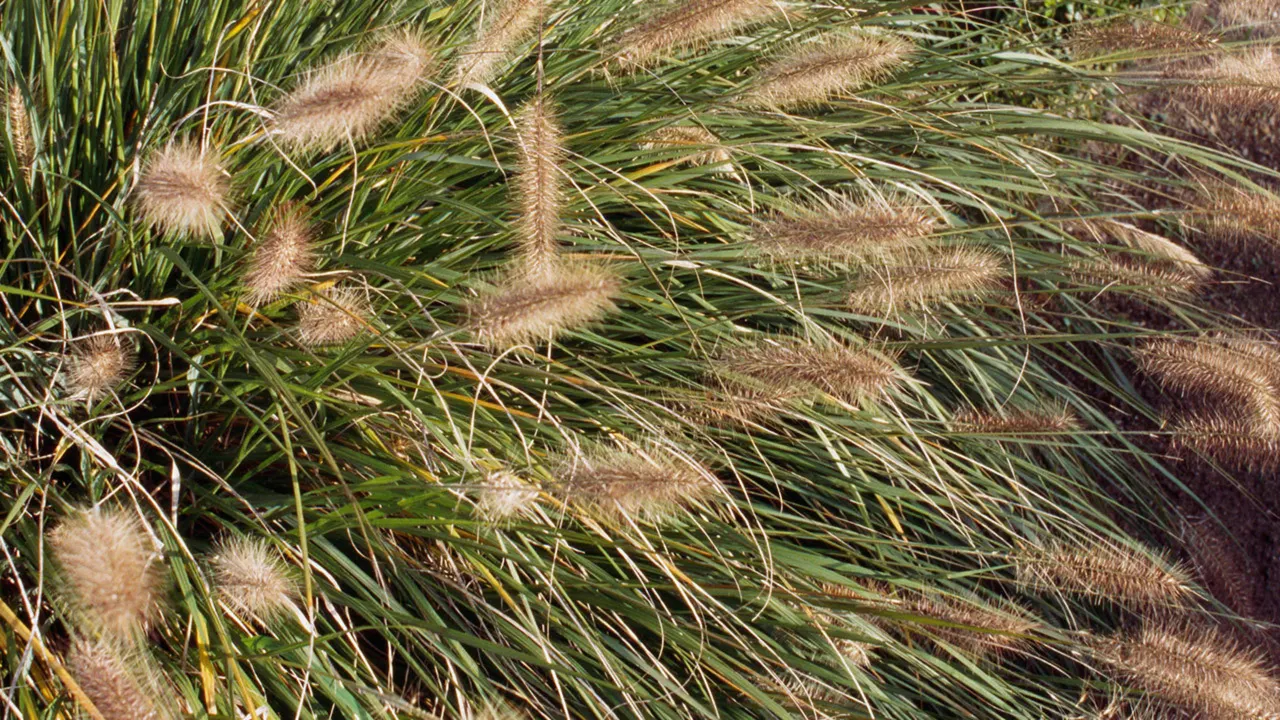
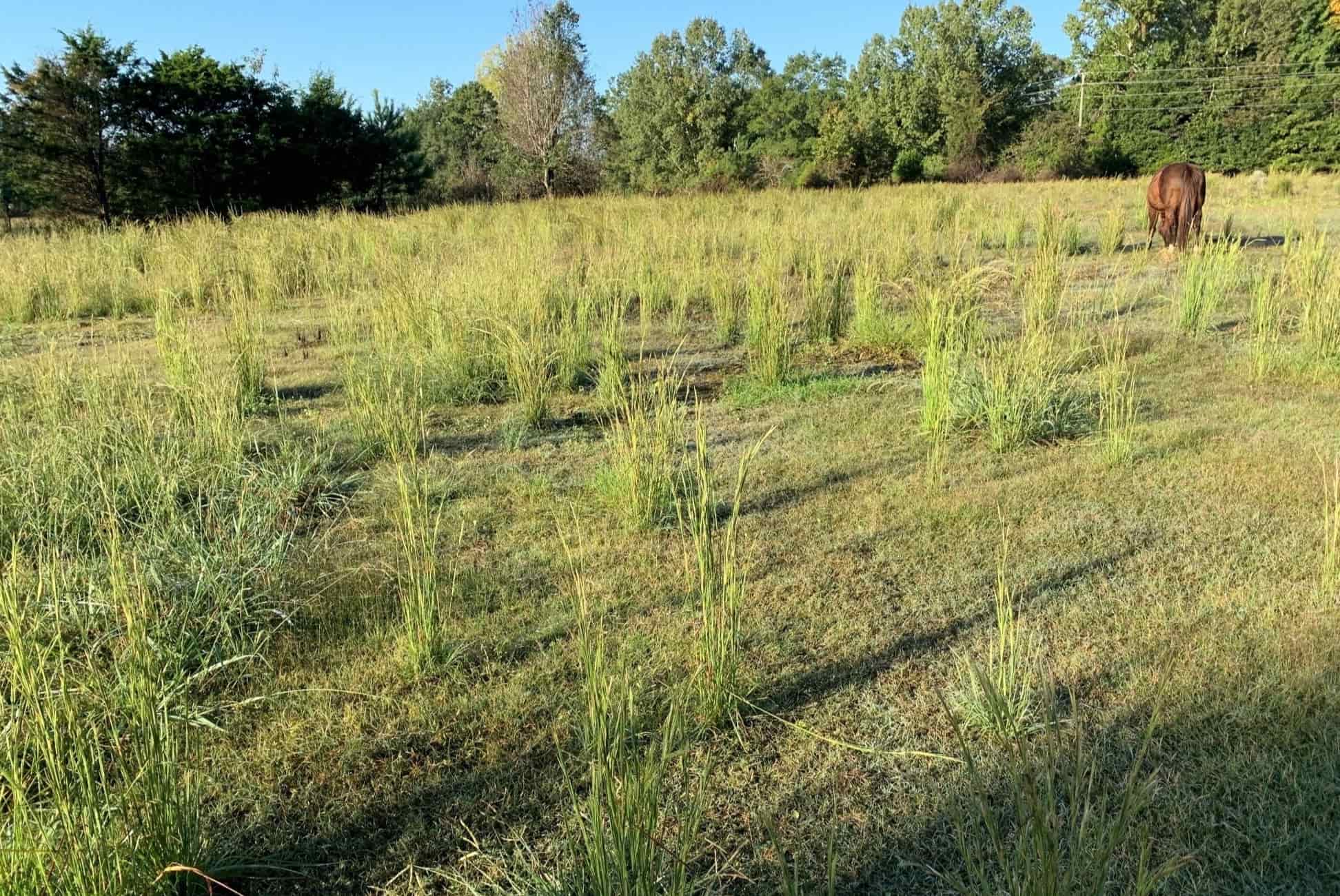

0 thoughts on “How To Get Rid Of Wire Grass”